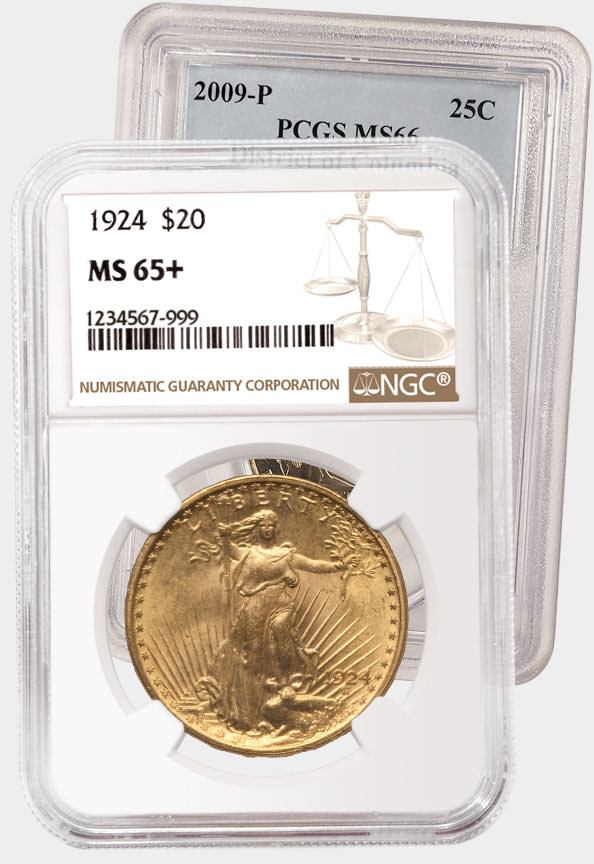Counterfeit Detection: Deception Includes Condition
Posted on 4/8/2010
When it comes to the counterfeiter’s craft, attempts at deception don’t stop after making a fake coin. Most fake coins will also receive some form of treatment to simulate honest wear from circulation. Since NGC offers Details Grading for coins with detrimental surface conditions, occasionally we will see fake coins that have been damaged in order to trick an authenticator. Recently we received submissions of two key date coins that showed extreme post-striking alteration; however, the fakery was still evident.
The 1877 Indian Cent is a classic rarity. It has the second-lowest mintage in the series and is the most valuable coin in the series in low grade. In Good-4 condition, it has a NumisMedia FMV of $880! Recently a submitter sent us the example pictured. The shape of the design and date logotype immediately revealed to our authenticators that the coin was bad, but its condition was more curious. It is very dark brown in color, but red flecks show from underneath. The contrast is a sign that the dark color is a result of chemical reaction. Areas of the design are unusual, even flat, hinting at accelerated wear. The reverse of the coin is almost completely effaced by a chemical corrosion.
Another coin recently submitted to NGC was the 1901-S Barber Quarter. Only 72,664 were struck and it’s one of the most important silver coins of the twentieth century. In a grade of Good-4, it has a NumisMedia FMV of $5,700. Wow! It’s also a date that’s commonly counterfeited. Die struck copies, alterations from other dates and added mintmarks are abundant.
Here again the shape of the devices were wrong, and the coin was immediately identified as fake. Note, for example, the sixth star that has long points, while on a genuine coin, the points are quite short. But the wear pattern is also obviously curious. This coin shows heavy abrasion created with a file, and file marks are still clearly visible. In grades below VG, the word LIBERTY is never visible on Liberty’s head band. Despite the extreme wear, the word is visible – again bizarre. Rather than being toned, the recesses of the coin have been covered in a red Dykem dye, presenting a highly atypical appearance for a Barber Quarter of any grade. All these things were done to this coin in order to make it appear real.
Sometimes the desire for a coin to be genuine makes a heavily worn example more deceptive. The eye can see what’s not there and be fooled. And, of course, some of the obvious diagnostics won’t be visible. It’s important to take a step back and ask: is there actual wear or has this coin been altered? Purposeful damage like this should arouse suspicion!
Stay Informed
Want news like this delivered to your inbox once a month? Subscribe to the free NGC eNewsletter today!




